
Facial Recognition and the Brain
STEM Explained
Learn how your brain recognizes faces and why you sometimes see them in places they don’t exist!
Mahadeo Sukhai
Vice President of Research & International Affairs and Chief Accessibility Officer

Light Pollution
STEM Explained
Light can be a type of pollution. Learn about the damage it causes to people and living things as well as how you can prevent it.
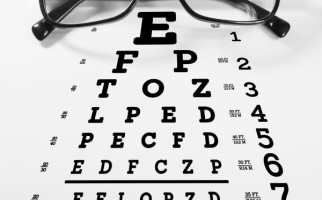
How We See
Backgrounders
Learn about how human vision works as well as some common types of vision problems.
Ophthalmic Imaging
Backgrounders
Learn about the history, function, uses, benefits and risks of ophthalmic imaging as a medical imaging technology.
Why do we need two eyes to see?
Hands-on Activities
Ever wondered why we have two eyes (and not one, three or more)? Find how your two eyes work together in this hands-on activity.
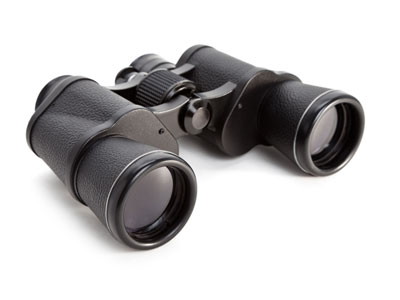
Why is everything so small down there?
Hands-on Activities
Explore how we see things far and near and from different angles. It's all about perspective!
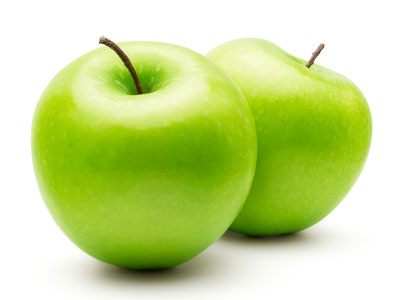
Is a green apple always green?
Hands-on Activities
What does light have to do with colour? Observe some colourful fruit under different conditions to learn why we see the colours we see!
How can you see underwater?
Hands-on Activities
Explore how we see things through water.

How do I see colour?
Hands-on Activities
How is light connected to the colours we see? In this STEAM activity make a colourful light catcher and discover why we see different colours?

How do movies move?
Hands-on Activities
Explore the concept of persistence of vision in this hands on activity.
How Do We See Colour?
STEM Explained
How does the human eye see visible light as colour? And why do some people see more colours than others?

Eye vs. Camera
STEM Explained
The human eye lets us see the world by sending impulses to our nervous system. In many ways, it is very similar to other optical devices, including cameras.

Rachel Gardiner
Career Profiles
Optometrist